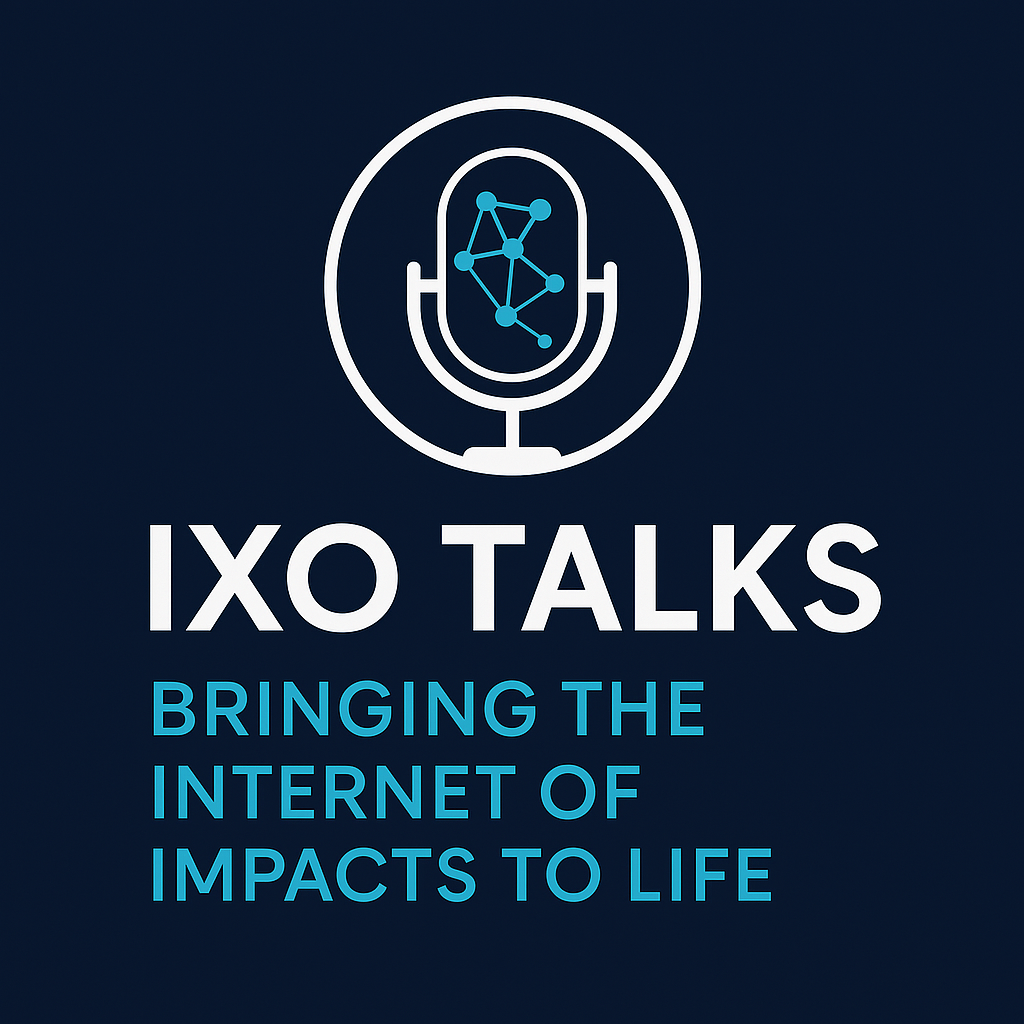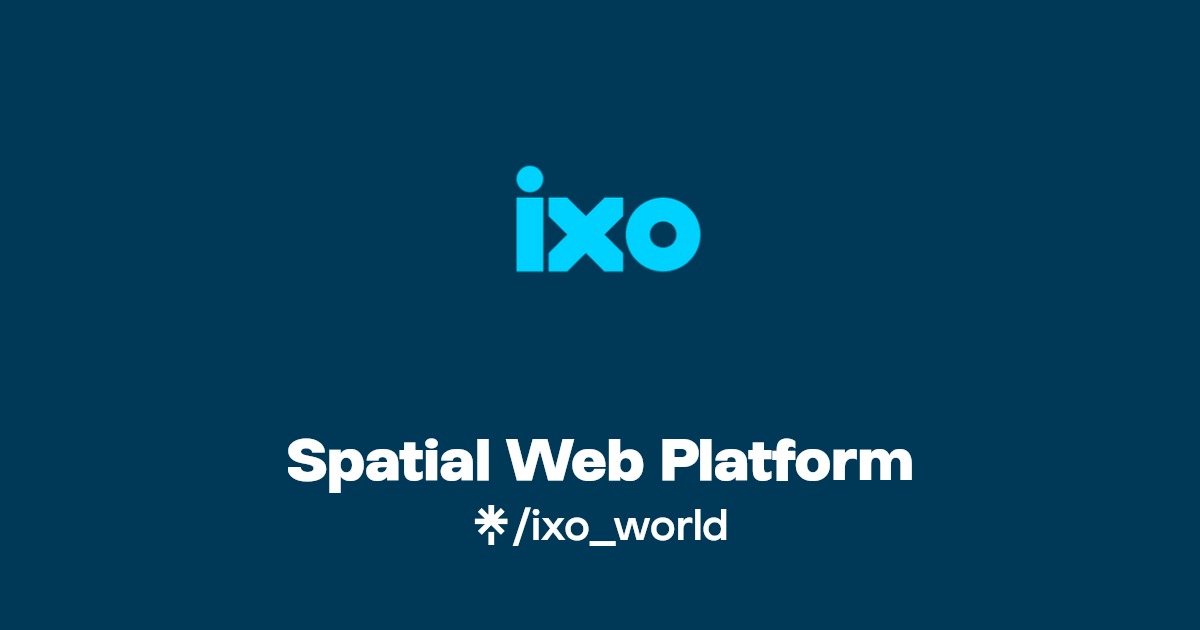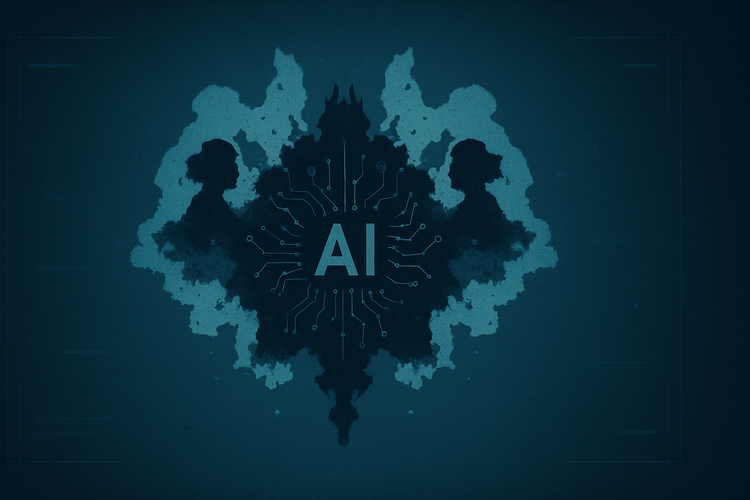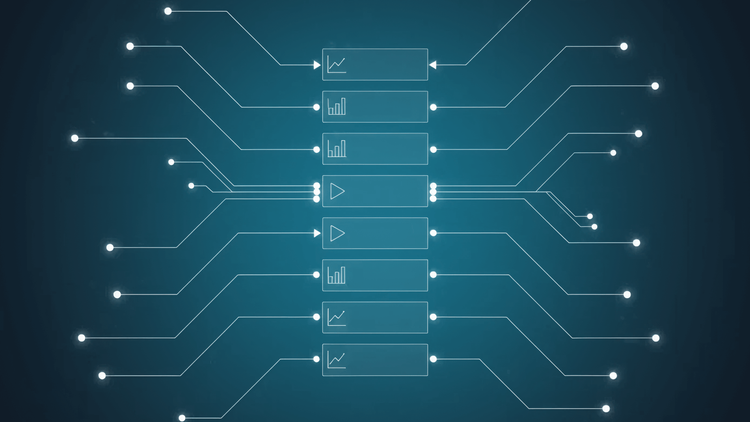
The Internet has taught us to swim in oceans of information but has never given us a compass for meaning. Most data is still an undifferentiated stream — useful to machines only after we, humans, translate it into context, provenance, and relevance.
A decade back we founded IXO to change this equation.
Ontologies give meaning
Every sector — health, energy, climate — speaks its own language. In IXO we encode these vocabularies as domain ontologies, which are machine‑readable definitions of the things that matter (a cookstove, a tonne of CO₂e, a child‑health outcome) and how they relate to what counts. Ontologies give us semantic interoperability, meaning that a claim issued by a field agent in Zambia can be reasoned over by an AI agent in Singapore without being lost in translation.
Semantic graphs stitch facts into knowledge
Once data is expressed with shared terms, we weave it into semantic graphs of verified facts. Each triple — subject, predicate, object — carries cryptographic signatures linking it to its source. The result is a living knowledge graph where assertions are not merely stored but provably attested.
Why graphs? Because systems change through relationships. A single emission reading means little; its connection to a device, a household, an SDG indicator, a financing contract, and a timestamp turns it into usable intelligence.
Blockchains anchor truth in time
Graphs capture structure; blockchains capture history. IXO’s layer‑1 chain commits every assertion as a node in a directed acyclic graph of time‑stamped blocks. This immutable ledger is more than an audit trail; it is the memory palace of each cognitive digital twin:
- The current state of a cookstove fleet is reconstructed by walking the DAG and applying changes in deterministic order.
- Disputes over data quality are resolved by tracing proofs back to the original signed record.
- Smart contract triggers issue verifiable credentials, mint Impact tokens, and release outcome‑based payments the moment verifiable conditions materialise.
Cognitive digital twins are systems that think with us
Combine ontologies (vocabulary), semantic graphs (context), and the DAG (history) and you get a cognitive digital twin — a software representation of a real‑world system that can perceive, predict, and learn.
- Perceive by ingesting sensor streams, satellite imagery, transaction events, survey data.
- Predict by running analyses, including with causal and generative models that are anchored in ground truth.
- Learn to update beliefs as new verified data arrives, preserving lineage and growing knowledge.
These twins act as collective intelligence nodes. When many of them interact — stoves within households, households within regions, regions within a national mitigation activity — the result is an emergent, multi‑scale understanding no single actor could assemble alone.
Measure, report, and verify continuously in real-time
Traditional MRV was episodic: measure annually, audit months later, act too late. IXO makes MRV event‑driven:
- Measuring as incoming data are semantically validated against ontologies, and evaluated using agentic oracles with human experts in the loop.
- Reporting by publishing verifiable credentials that update the global state of the graph that is embedded in the chain, with confidence scores and proofs.
- Verifying when independent oracles rerun the reasoning, confirm proofs, and sign off automatically.
This whole pipeline is machine‑interpretable, so MRV becomes a near‑real‑time control loop rather than a compliance afterthought.

A future grounded in facts
Large Language Models excel at pattern recognition but can hallucinate without hard references; knowledge graphs excel at precision but require curation. IXO lets us fuse the two:
- An LLM agent queries a twin in plain language; the twin translates the question into SPARQL, fetches grounded facts, and returns a traceable answer.
- The same agent can propose ontology extensions when it encounters novel concepts in the field, subject to human‑in‑the‑loop governance.
In this way, intuition and logic co‑evolve, each correcting the other’s blind spots.
Why this matters
- Investors gain auditable evidence that capital truly buys outcomes.
- Communities earn trusted credentials that unlock adaptive finance.
- Policymakers access forward‑looking intelligence instead of lagging indicators.
- Developers inherit a composable stack where every new data point strengthens the shared model of reality.
A closing provocation
If the Internet of documents gave us information at our fingertips, the Internet of Impact must give us understanding at our command.
IXO’s ontology‑driven, graph‑anchored, blockchain‑grounded architecture is one pragmatic path toward that goal.
What critical decision would remain guesswork tomorrow if we fail to encode its evidence base today - and what new possibilities open once the evidence thinks for itself?
Connect with IXO World








